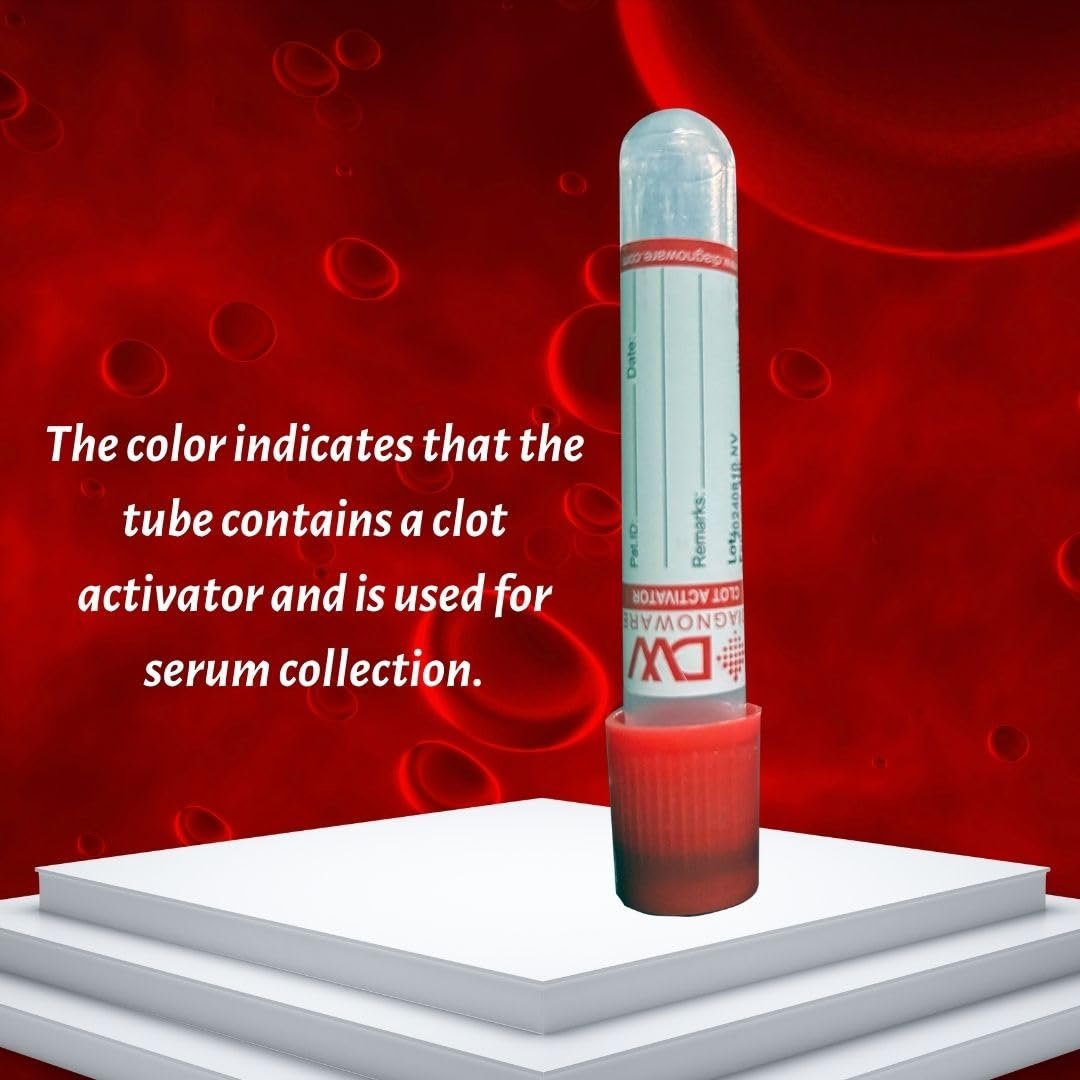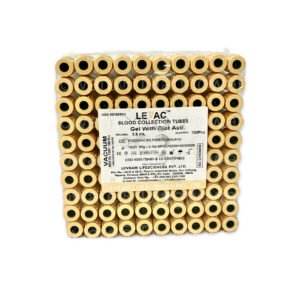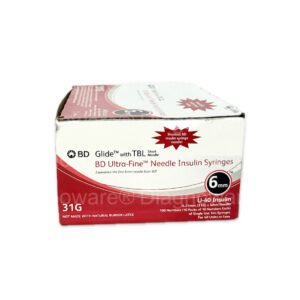A Non-Vacuum Blood Collection Tube with Clot Activator is a specialized tube designed for the collection and preparation of serum from blood samples. Here’s a detailed description:
Product Overview:
- Type: Non-Vacuum Blood Collection Tube
- Additive: Clot Activator
- Purpose: Serum Collection
Key Features:
- Clot Activator:
- The tube contains a clot activator, typically silica particles or other substances that promote rapid clotting of the blood sample. This ensures that the blood clots quickly and efficiently, which is essential for serum separation.
- Non-Vacuum Design:
- Unlike vacuum tubes, non-vacuum tubes do not have a pre-established vacuum inside. The blood is drawn into the tube using a syringe or gravity, making these tubes suitable for settings where gentle blood collection is necessary.
- Serum Preparation:
- After blood collection and clot formation, the tube is centrifuged to separate the serum from the clot. The serum is then used for various biochemical, immunological, and serological tests.
- Material:
- The tubes are typically made from high-quality plastic or glass that is resistant to breakage and non-reactive with the blood sample, preserving the integrity of the serum.
- Cap Design:
- These tubes often feature a secure cap to prevent contamination and leakage. The caps may be color-coded, often red, to indicate the presence of a clot activator and its use for serum collection.
- Volume Options:
- Non-vacuum blood collection tubes with clot activators come in various volumes, depending on the requirements of the test or the amount of serum needed.
- Sterile and Disposable:
- Each tube is sterilized before use to prevent contamination. The tubes are designed for single use, ensuring safety and reducing the risk of cross-contamination between samples.
- Ease of Use:
- These tubes are easy to handle and are particularly useful in situations where vacuum tubes may be too forceful, such as with small or delicate veins.
Applications:
- Clinical Laboratories: Used for collecting blood samples that require serum for testing, including chemistry panels, liver function tests, hormone assays, and more.
- Hospitals: Commonly used in routine blood work where serum is needed for diagnostics.
- Blood Banks: Used in the preparation of serum for various tests before blood donation.
Usage Instructions:
- Before Use: Label the tube with the patient’s information.
- During Collection: Draw the required amount of blood into the tube using a syringe or by allowing blood to flow naturally into the tube.
- After Collection: Allow the blood to clot by leaving the tube at room temperature for the recommended time (usually 30 minutes).
- Centrifugation: Once the clot has formed, centrifuge the tube to separate the serum from the clot.
- Serum Extraction: Carefully extract the serum for testing or storage.
Benefits:
- Controlled Blood Collection: Ideal for situations where controlled blood draw is needed, minimizing patient discomfort.
- Rapid Serum Preparation: The clot activator ensures that the blood clots quickly, allowing for timely preparation of serum.
- Versatile Use: Suitable for a wide range of diagnostic tests that require serum.
This type of tube is widely used in medical and laboratory settings where serum analysis is required, offering a reliable and efficient method for collecting and preparing serum samples.


















Reviews
There are no reviews yet.